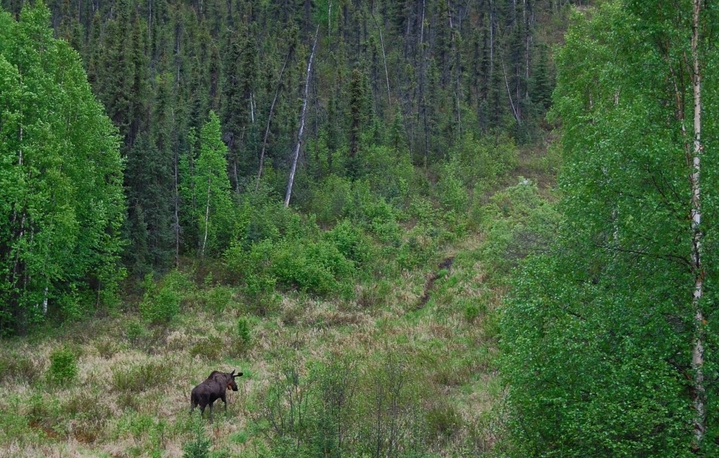Building shelter in the forest

One of the scariest feelings in the world is being lost in the forest and having no means of shelter. Since you are outside in the wilderness, then you will be subjected to cold weather, rain, insects and the native wildlife of the area. The only chance you will have to survive in the forest is to build your own shelter. The quality of the shelter you build will depend on the tools you have available. If you happen to have a knife and rope then it will help. Then you can build a shelter by simply using the natural resources of the forest. These resources include branches, sticks and twigs. On your travels throughout the forest, try to gather as many of these items as you can or at least make note of where they are.
The first step to building a shelter is choosing the location. If you can locate an open field near a body of water, then this will be a great place to build. Just make sure you choose a spot at least 50 yards away from the water. That way the water vapor won’t create coldness and the water won’t flood your shelter. Next you will want to search for three tree branches. They should be thin tree branches that are light enough for you to pick up with your hands. Try to find one long tree branch and two medium sized ones. The idea is that you will brace the three branches upright against each other, almost like a tepee. The only difference is the longer branch will be tied in between the shorter branches that are braced into the ground. You may have to dig little holes with your hands, so the branches are tight and secured in the ground.
Once you have your three branches braced together, you need to find smaller sticks and branches to lean upright against the sides of the longer branch. These smaller sticks will make up the walls of your shelter. The sticks on each side should join together on the top, which is where you tie them together. Then you need to find some leafy twigs and start coating your walls with them. Make sure you find twigs with lots of leaves on them, so you can thoroughly cover the exterior of your shelter. Then you should be able to sneak inside and stay protected from the rain or cold weather. It may even camouflage you from the wildlife as well.

